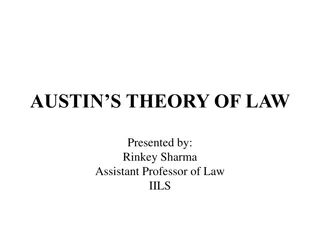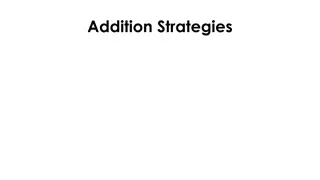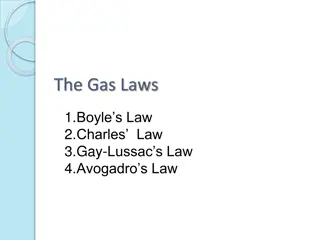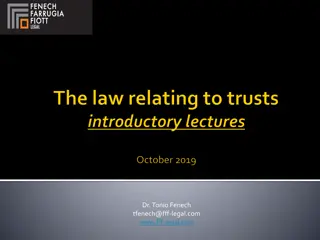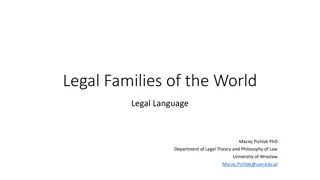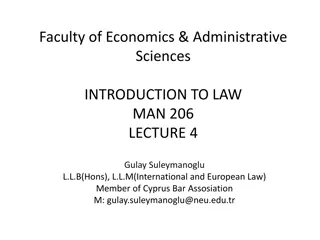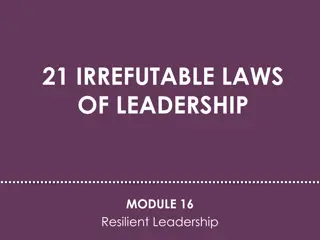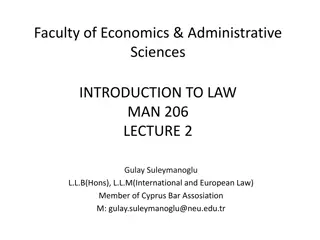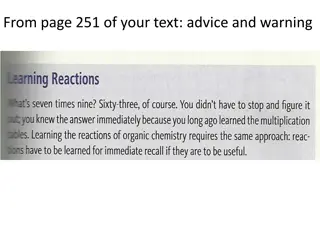ADDITION LAW
The rule of addition, also known as the "OR" rule, is a fundamental concept in probability theory. It explains how to calculate the combined probability of two or more mutually exclusive events occurring. This concept is crucial for understanding probabilities in various scenarios, whether events are independent or dependent.
Download Presentation

Please find below an Image/Link to download the presentation.
The content on the website is provided AS IS for your information and personal use only. It may not be sold, licensed, or shared on other websites without obtaining consent from the author.If you encounter any issues during the download, it is possible that the publisher has removed the file from their server.
You are allowed to download the files provided on this website for personal or commercial use, subject to the condition that they are used lawfully. All files are the property of their respective owners.
The content on the website is provided AS IS for your information and personal use only. It may not be sold, licensed, or shared on other websites without obtaining consent from the author.
E N D
Presentation Transcript
The rule of addition and the rule of multiplication are two important rules of probability that describe how probabilities are calculated for multiple events.
RULE OF ADDITION The rule of addition (also known as the "OR" rule) states that the probability of two or more mutually exclusive events occurring is the sum of the probabilities of the individual events occurring.
Example 1: if you have a coin and you want to know the probability of it landing on heads "or" tails, then the answer would be 1/2 + 1/2 = 1. This means that there is a 100% chance that either heads or tails will occur. Example 2:If you have two events,A and B,and the probability of event A occurring is 0.40 and the probability of event B occurring is 0.30,the probability of events A "or" B occurring is 0.40 + 0.30 = 0.70. The above two examples apply when events are mutually exclusive, which means that they cannot happen at the same time.In this case,the rule of addition says that the probability of either event happening is the sum of the probabilities of each event happening individually.
On the other hand, if events are not mutually exclusive, it means that they can happen at the same time. In this case, the rule of addition says that the probability of either event happening is the sum of each event's probabilities minus the probability of both events happening simultaneously. Example 3: If the probability of event A happening is 30% and the probability of event B happening is 50%,and the probability of both events happening at the same time is 10%,the probability of either eventA or event B happening is 30% + 50% - 10% = 70%.










